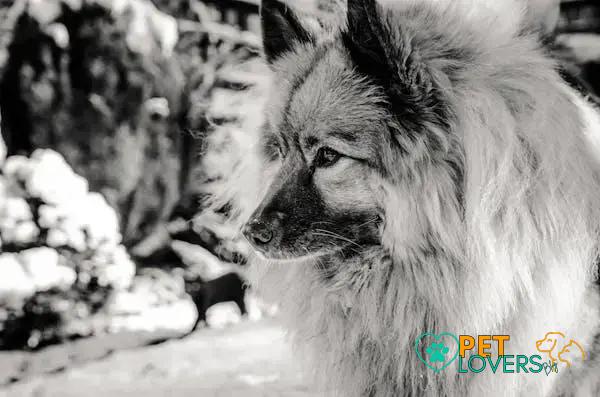Curiosities about the Keeshond: Discover Fascinating Facts Now!
Curiosities about the Keeshond are abundant and intriguing. This friendly and furry dog breed has a rich history and unique traits that make it stand out. From its origins to its caring needs, there is much to learn about the Keeshond. Let’s explore these curiosities under the following headings: History and Origins, Unique Traits and Characteristics, and Caring for Your Keeshond.
History and Origins
The Keeshond has a long and storied past that dates back to the 18th century in the Netherlands. Originally known as the Dutch Barge Dog, these fluffy companions were a regular sight on riverboats and barges, where they served as watchdogs. Their popularity soared during the Patriot Revolt, a political rebellion against the ruling House of Orange. The breed’s name, ‘Keeshond,’ is derived from the Dutch Patriot leader Cornelis (Kees) de Gyselaer.
After the rebellion, the Keeshond’s popularity declined, but they never left the hearts of the Dutch people. They started appearing in various works of art, becoming symbols of loyalty and companionship. In the early 20th century, the breed made its way to England and later to the United States, where they were recognized by the American Kennel Club in 1930.
Though they have transitioned from working dogs to companion animals over the years, Keeshonds remain beloved for their friendly nature and beautiful appearance.
Unique Traits and Characteristics
The Keeshond is known for its distinctive appearance, including a plush double coat and a fox-like expression. Their elegant fur, particularly around the neck and chest, forms a mane that stands out.
Their expressive eyes and charming facial expressions make them incredibly endearing. Keeshonds also have unique markings around their eyes, often referred to as ‘spectacles,’ which add to their alert look.
Another notable characteristic is their friendly and outgoing personality. They are known for their sociable nature and tend to bond closely with their families. Despite their medium size, they are quite agile and energetic, loving to engage in various activities and play.
Keeshonds are highly intelligent and have strong problem-solving skills. This intelligence, combined with their eagerness to please, makes them relatively easy to train compared to other breeds.
Their great sense of loyalty and attention to their owners’ emotions make them excellent companions. They are known to be very responsive to the moods and actions of their human families.
Caring for Your Keeshond
The Keeshond is a medium-sized dog breed with a thick double coat. Regular grooming is a must to keep their fur clean and prevent matting. Brushing at least two to three times a week is ideal. During shedding season, daily brushing is recommended to manage the heavy shedding.
Bathing your Keeshond should be done every 4-6 weeks with a dog-specific shampoo. Ensure their ears are cleaned regularly to prevent infections, and keep their nails trimmed to a comfortable length. Dental hygiene is also crucial, so regular brushing of their teeth is advised.
Exercise is essential for a Keeshond’s health and happiness. They are energetic dogs that enjoy walks, playtime, and mental stimulation. Aim for at least an hour of exercise daily. A secure backyard or regular visits to a dog park can help them burn off energy.
Diet
Feed your Keeshond a balanced diet suitable for their age, size, and activity level. Consult with your vet to determine the best food choices. Fresh water should always be available. Keep an eye on their weight since Keeshonds can become overweight if overfed.
Training is another critical aspect of caring for your Keeshond. They are intelligent and respond well to positive reinforcement techniques. Early socialization and obedience training will help manage their friendly but sometimes stubborn temperament.




